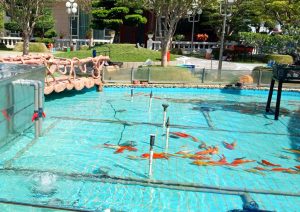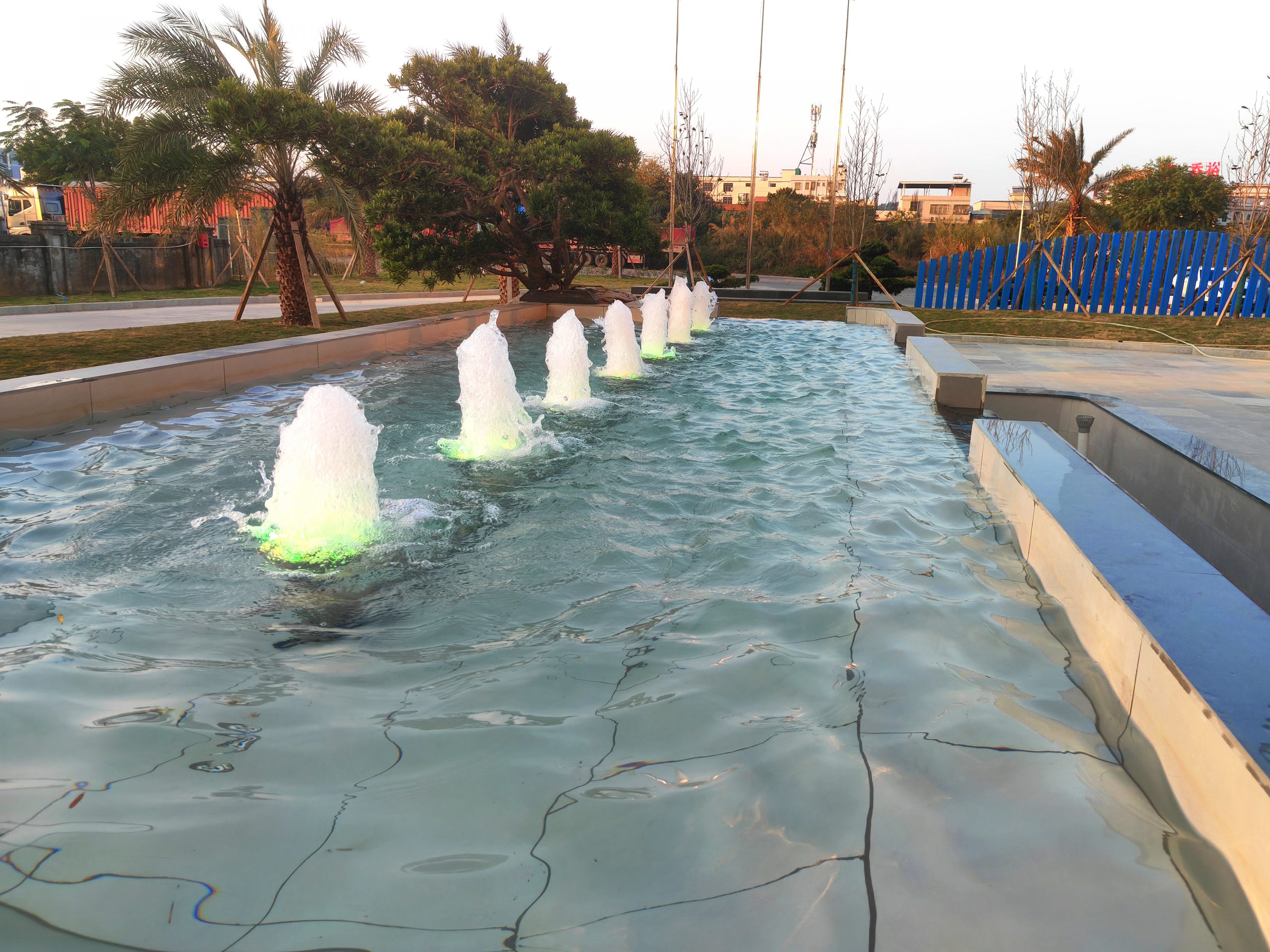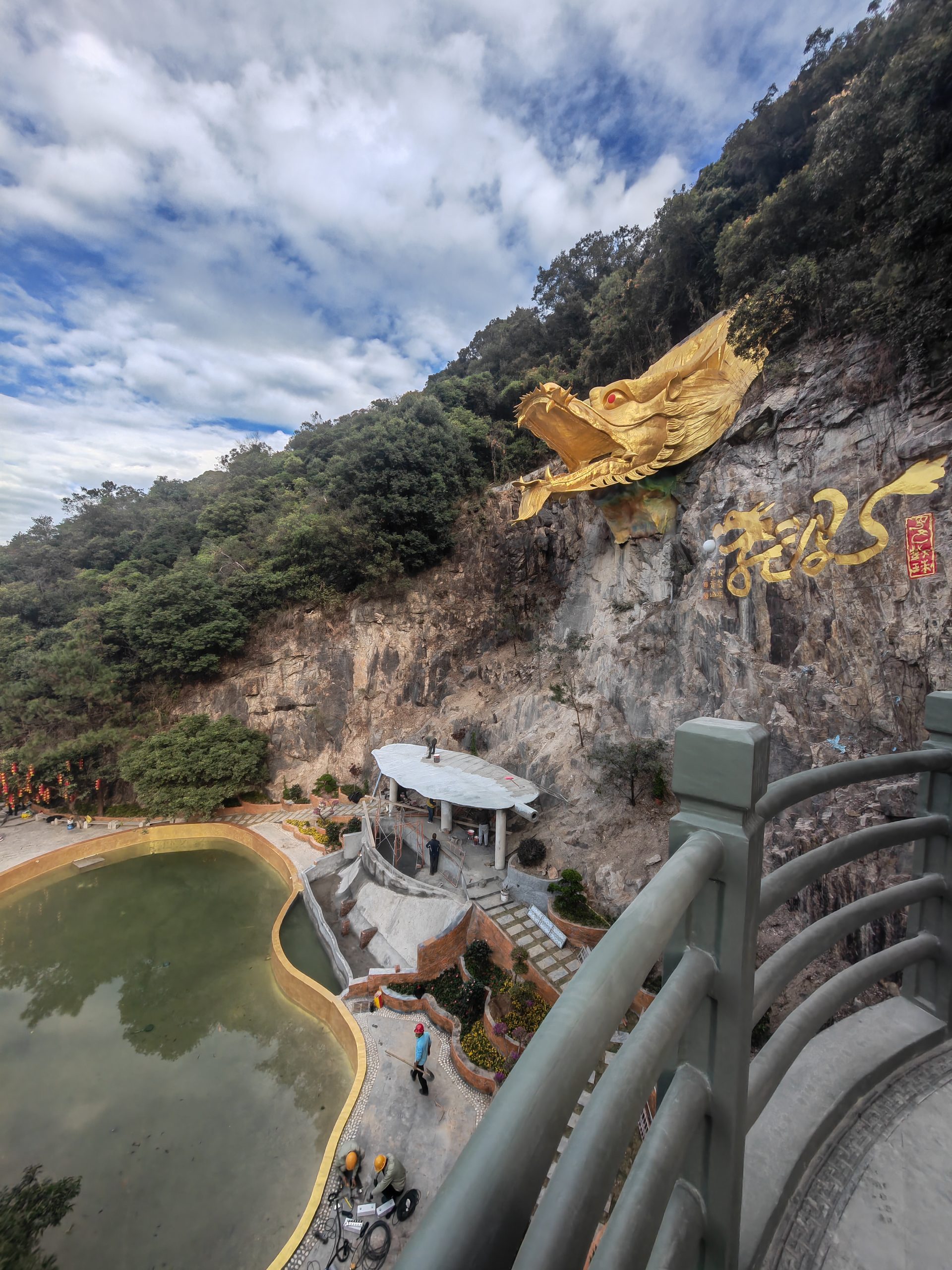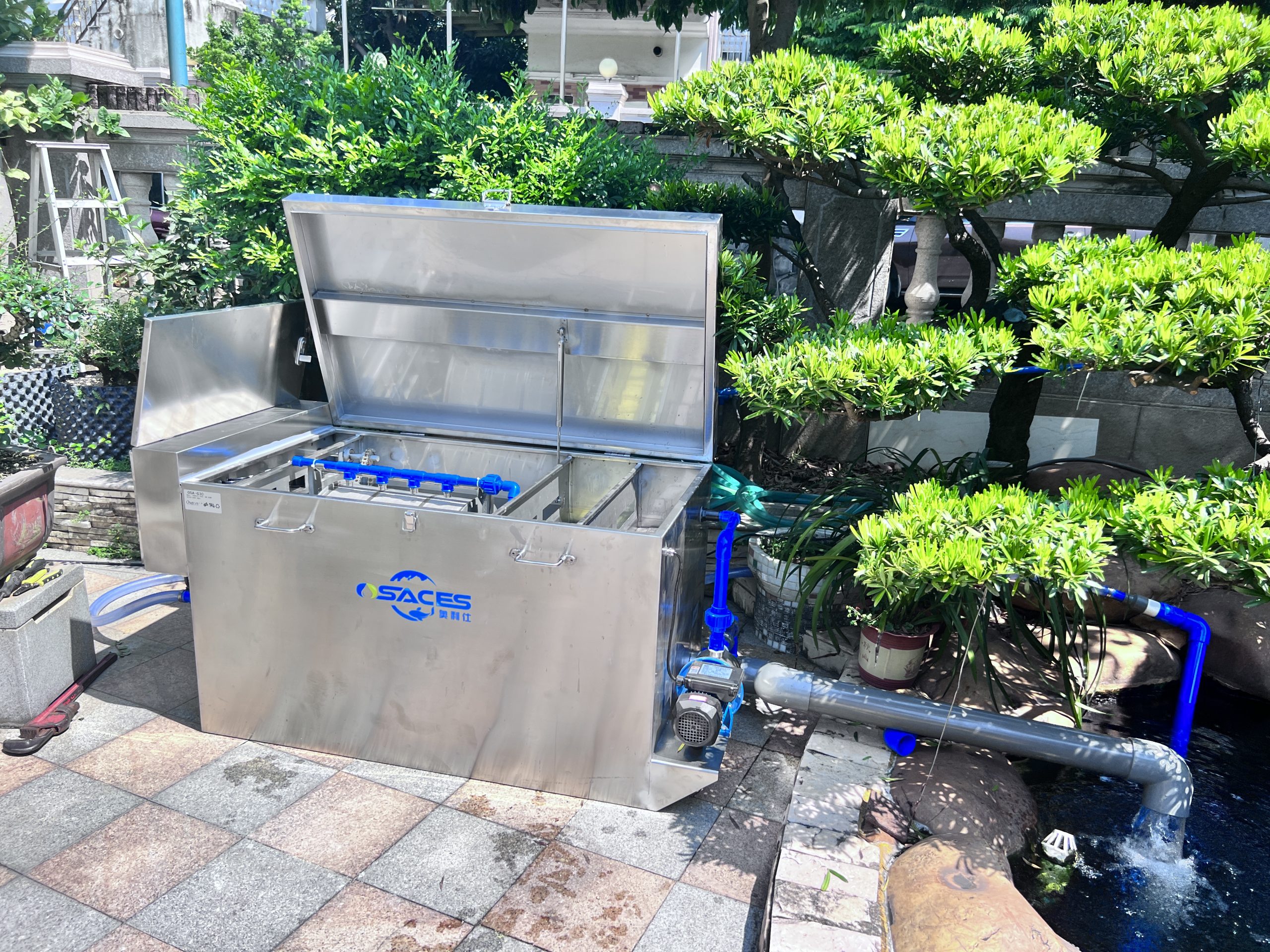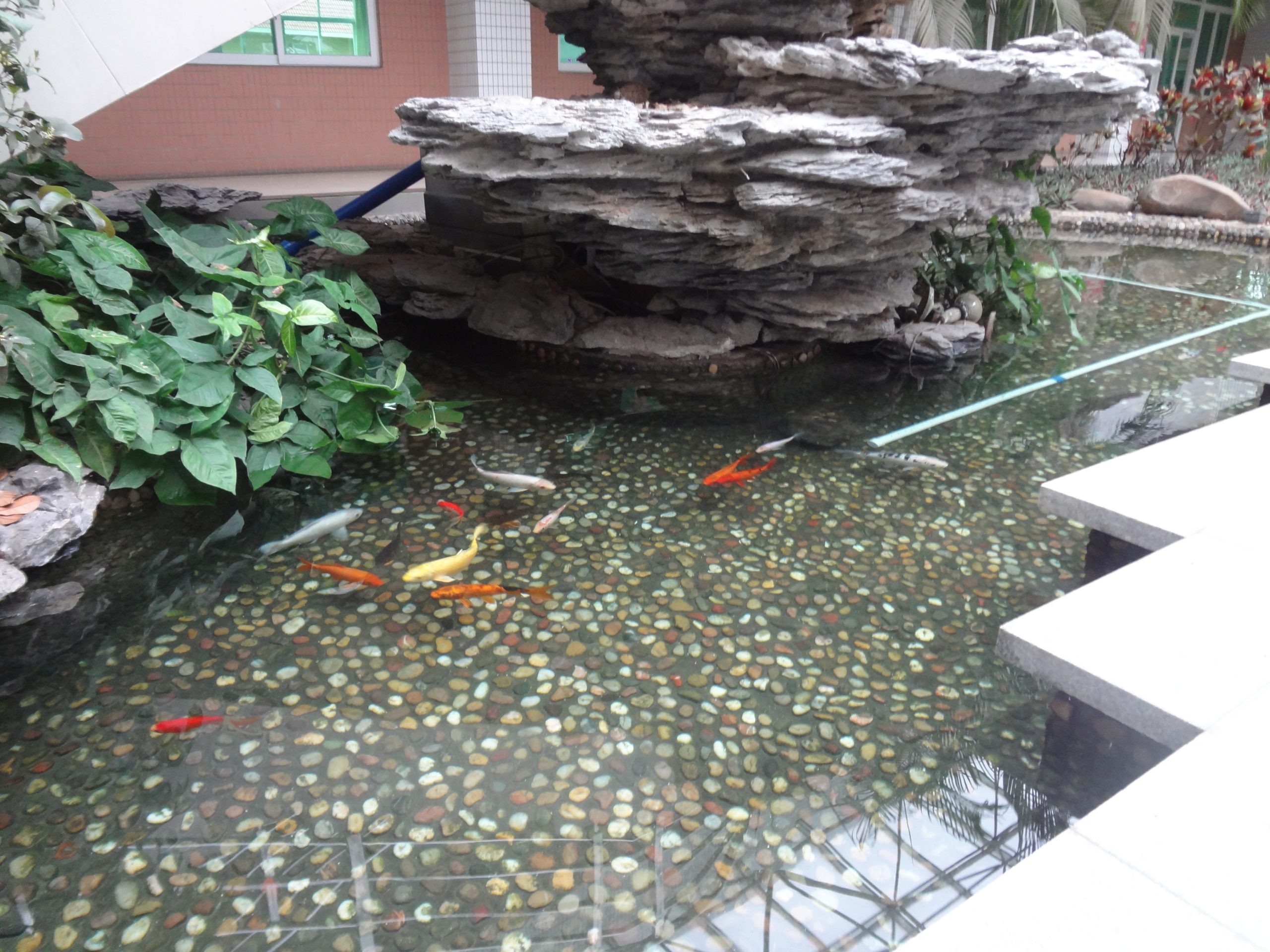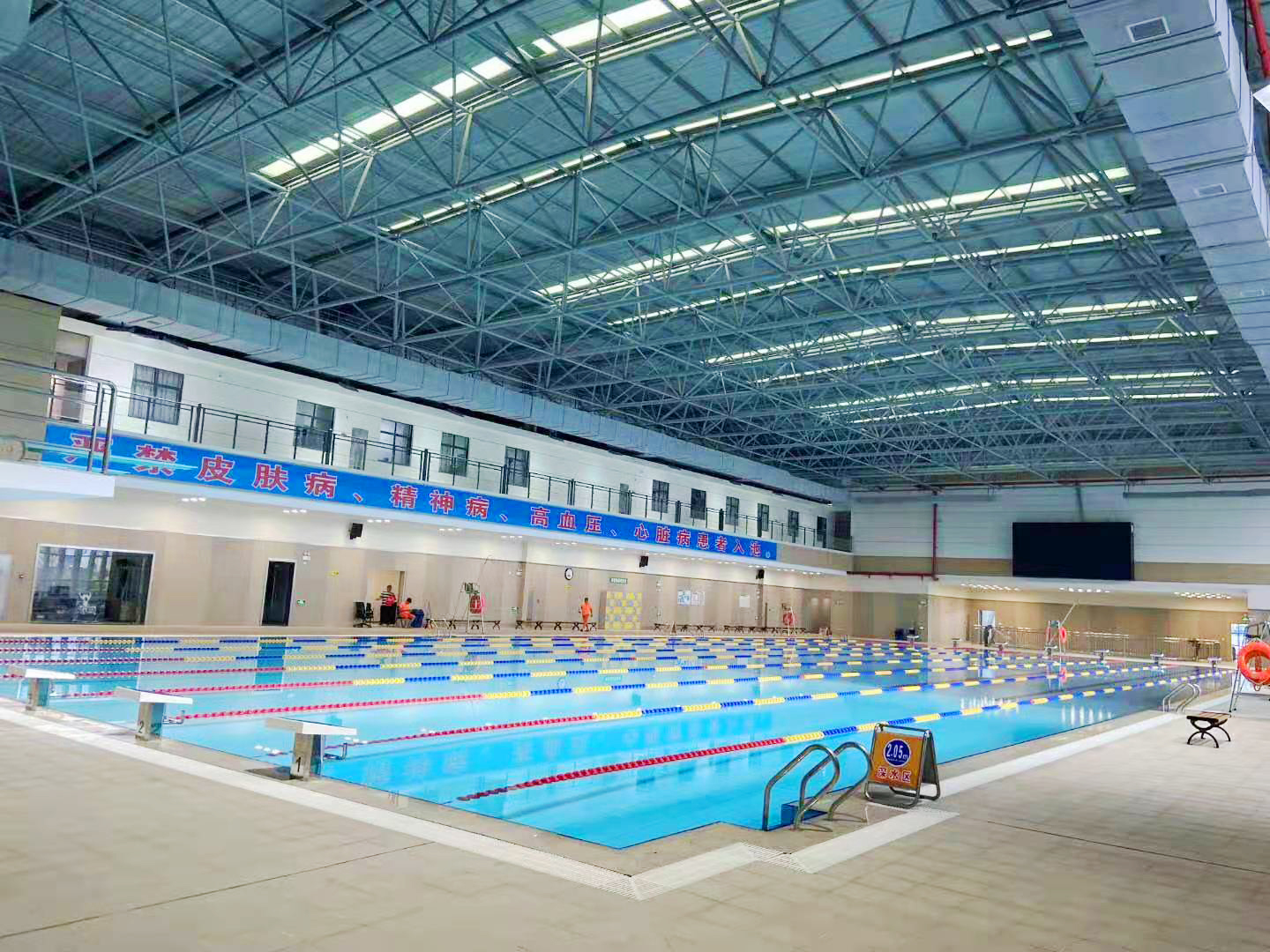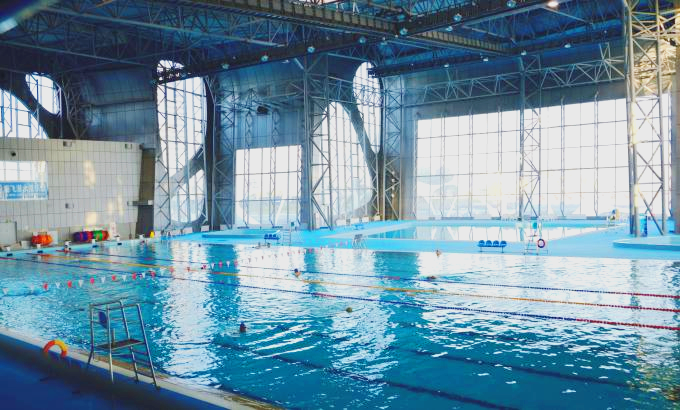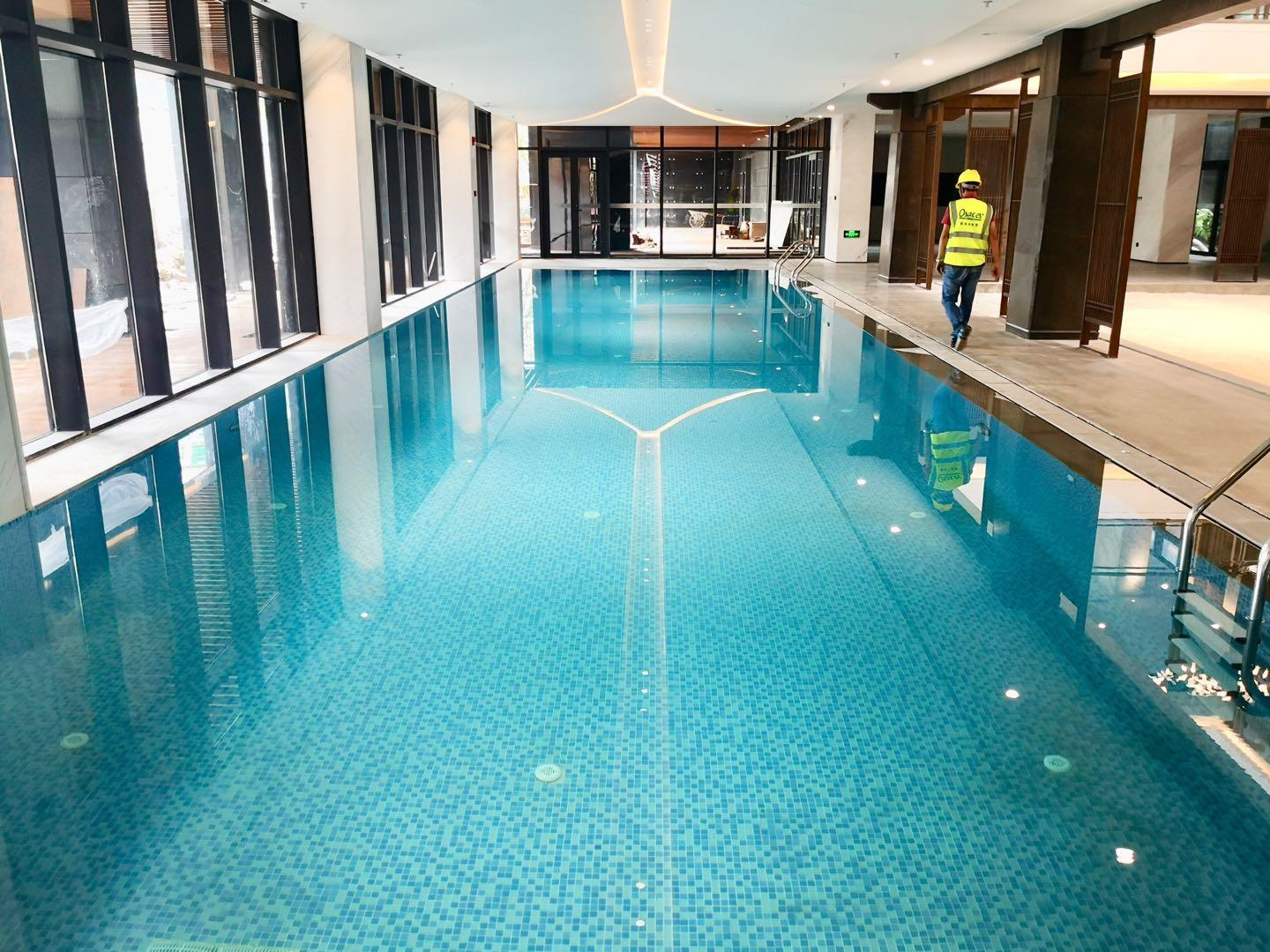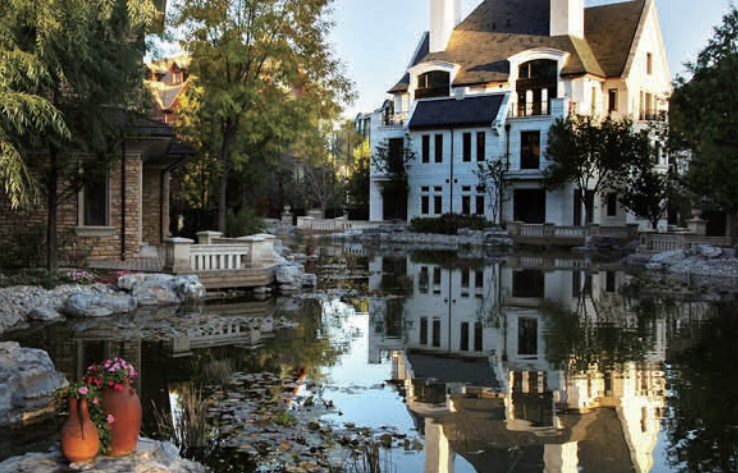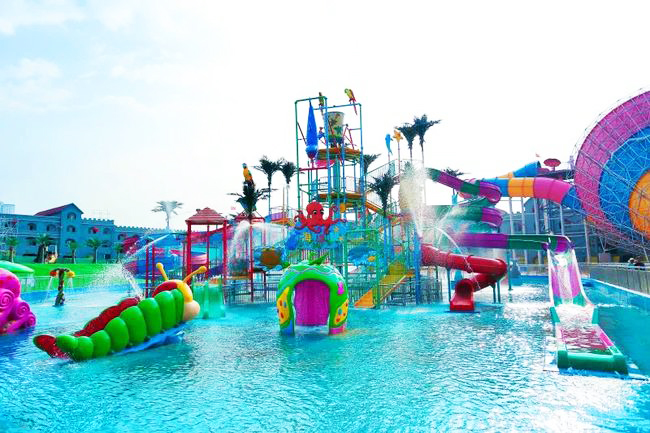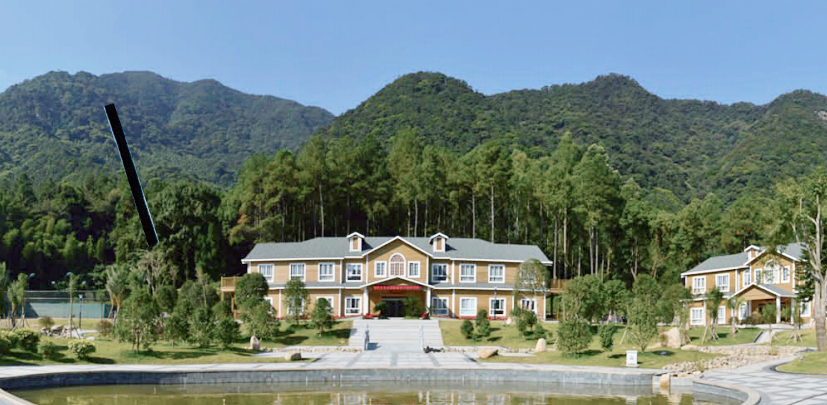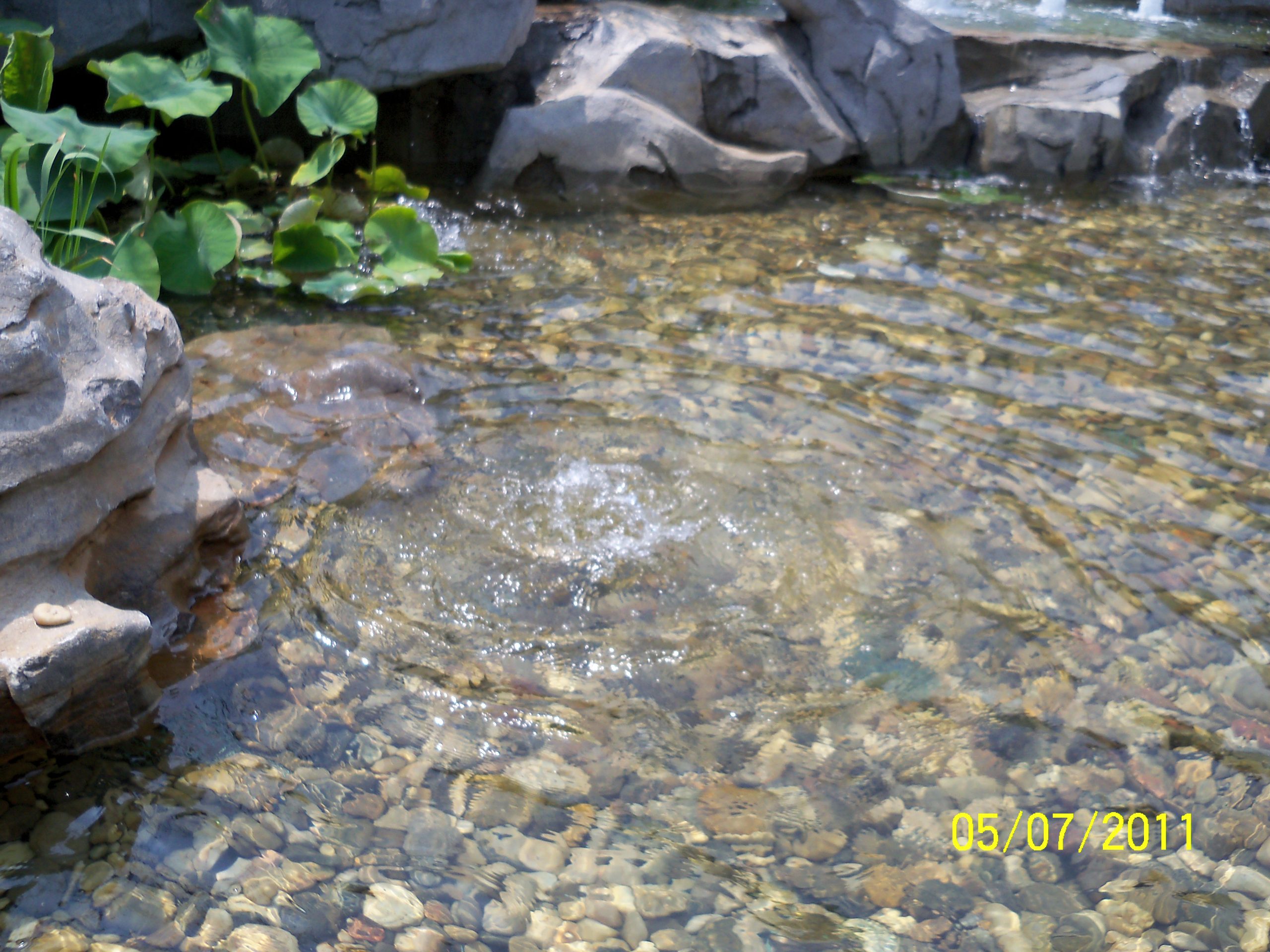Culprits of koi deterioration and poisoning
文章出处:奥利仕(广州)康体设备有限公司 人气:(点击 6,041 次) 服务热线:(020)82686289
Due to the metabolism of koi, excretory wastes and residual bait are deposited in the water body, and harmful substances such as nitrite, ammonia nitrogen, hydrogen sulfide, etc. produced by various ways in these wastes are dissolved into the water body, which continuously accumulates and then makes the koi's body quality decline and become poisoned. When the concentration of harmful substances is too high, the koi's ability to move around weakens and floats to the surface of the water, and the body color becomes pale, followed by a large number of deaths.

The accumulation of these harmful substances will not only make the koi poisoning death, will also breed a large number of various pathogens, which is one of the main reasons for the occurrence of fish disease, to solve the problem there are mainly the following aspects.
1,Careful selection of feed
Some feeds are produced with spoiled animal bone meal and carcasses, and these feeds are prone to ammonia after feeding, so you can't choose feeds with a rotten flavor when you buy them.
Baiting control is an important part of keeping good koi.
The residual bait produced by over-baiting will not only be wasted, but will also cause rotting and the production of harmful substances that will threaten the survival of the koi, as well as being detrimental to the maintenance of the koi's body shape.
Generally, baiting should be controlled to the extent that the fish will finish eating within 10-20 minutes, and the bait should not be overfed. You can observe whether you are overfeeding by looking at the feces of the koi, and if the feces become hard, then you are overfeeding the bait. It is best to feed once in the morning and once in the afternoon (in summer, bait should be fed in the morning). Feeds mixed with fishmeal and malt are easier to digest, and the bait can also be mixed with some digestive drugs.
3,Add salt where appropriate
Adding salt to the new water at 0.2% to 0.3% can not only inhibit the growth of some harmful bacteria, but also provide salt for the normal metabolism of the koi itself, reducing the production of waste.
4,Adding microorganisms to break down pollutants in water
Microorganisms such as nitrifying bacteria, photosynthesizing bacteria, and Bacillus subtilis can break down koi feces and residual bait, depriving pathogens of nutrients.
Regular sprinkling of these beneficial microorganisms can effectively reduce the content of nitrite and ammonia nitrogen in the water body, so it is also known as "water purification bacteria". When using water purifying bacteria, we should pay attention to the water temperature above 23℃, pH value above 7.0, acidic water is not conducive to the growth of water purifying bacteria.
Water purifying bacteria are living bacteria, which can be killed by drugs, and should not be used at the same time with disinfectants and bactericides. If it is necessary to use sterilizing agents or agents for treating fish diseases, wait for at least one week before using Water Purifying Bacteria.
The use of photosynthetic bacteria should also be careful not to use them on rainy days, so that they can form a dominant community in the water and give the best results. In addition, if you want to keep different water purifying bacteria at the same time, you should pay attention to the co-compatibility between the bacteria. For example, nitrifying bacteria and photosynthetic bacteria are not suitable to be kept in the same aquarium at the same time, because they inhibit each other's water purification process and may reduce their purification effect.
5,Enhanced filtration systems
The most critical thing to do before breeding is not to select fish, but to design and build a strong fish pond filtration system.
The saying "fish first, water first, bacteria first" is the vast majority of decisions and choices made during or in the early stages of fishkeeping. If you take this as a threshold, you will have surpassed 70% of the fish enthusiasts in fish farming.
As we all know, koi have no stomach. They are fed more, eat more and poop more (do you ever get the feeling that keeping koi is like "pig farming"?). Fish feces are the main source of ammonia and nitrogen, which are highly toxic in the water. At this moment, it has dawned on any fish lover that your fish is probably "poisoned" by fish feces.
In order to reduce ammonia concentrations, it is necessary to start fish farming at the beginning of theBuilding a strong nitrification system.. Cultivate large numbers of nitrifying bacteria to eat the ammonia and break it down into non-toxic nitrates. Once enough nitrifying bacteria are cultivated, then the stable ecosystem is basically primed.
The core of water conservation is "detoxification". Through the cultivation of nitrifying bacteria and other beneficial bacteria, decompose the toxins in the water, so that the microorganisms in the water to achieve ecological balance.
Toxins in the water are generally ammonia and nitrites, both of which are highly toxic and can cause chronic poisoning or acute death of fish. Moreover, the chronic poisoning of ammonia and nitrite will destroy the immune system of the fish body tissues and reduce the resistance. Fish are sick from the gills, and the fish that always get sick have a lot to do with being kept in toxic water for a long time.
Therefore, the key to fish pond construction is to establish a perfect water circulation and filtration system.
A strong fish pond filtration system not only removes suspended solids and excess algae in the water, but also breaks down substances in the water that are harmful to fish, such as ammonia, nitrite, etc., through the action of beneficial biochemical bacteria, so that they can be converted into substances that are harmless to the fish, thus maintaining stable and excellent water quality for a long period of time.
 Ollies (Guangzhou) Recreation and Sports Equipment Co.
Ollies (Guangzhou) Recreation and Sports Equipment Co.
